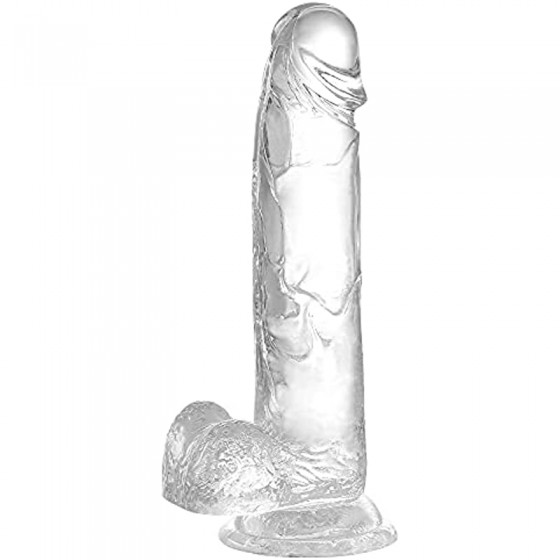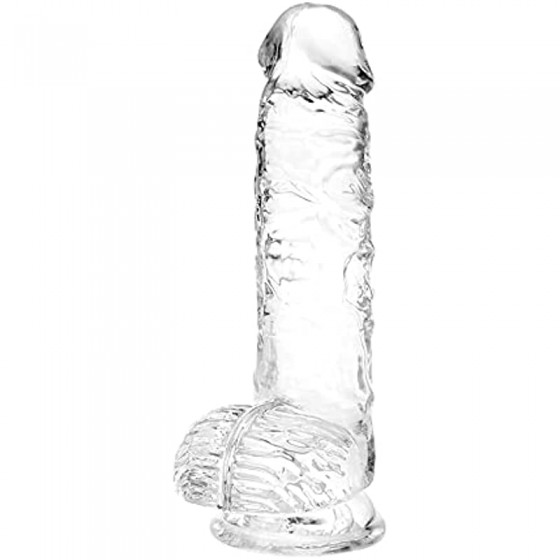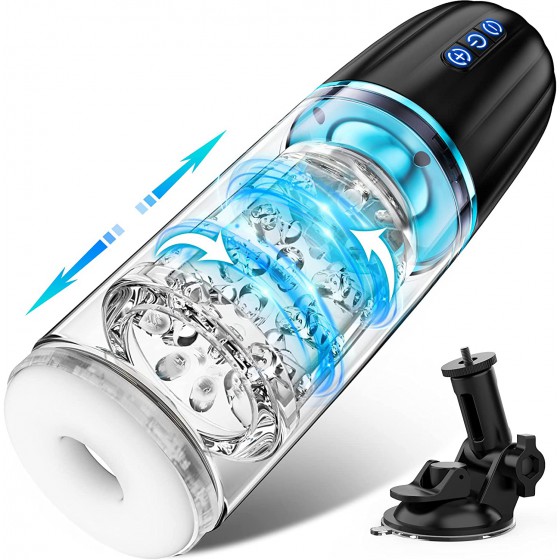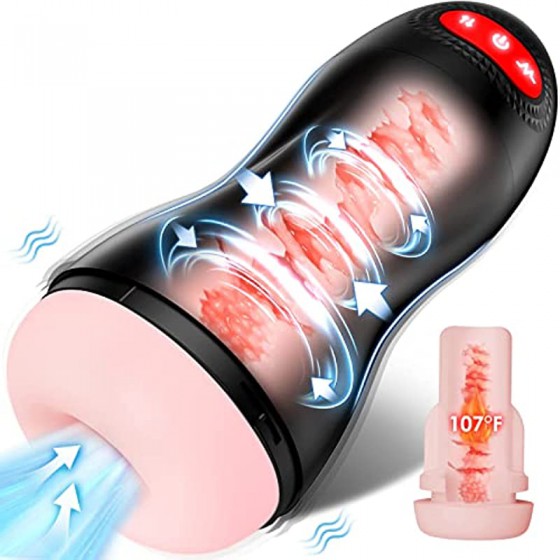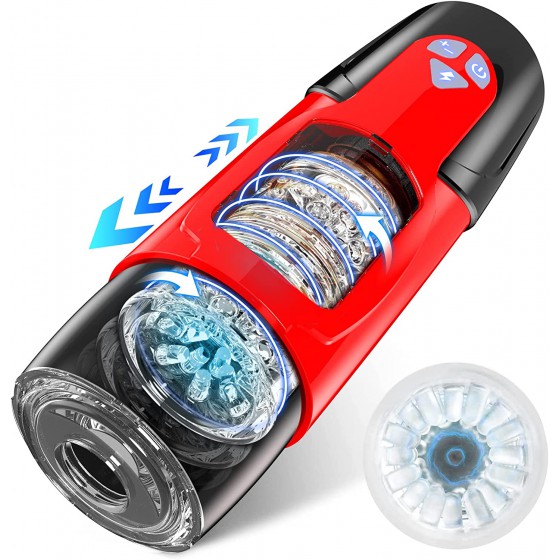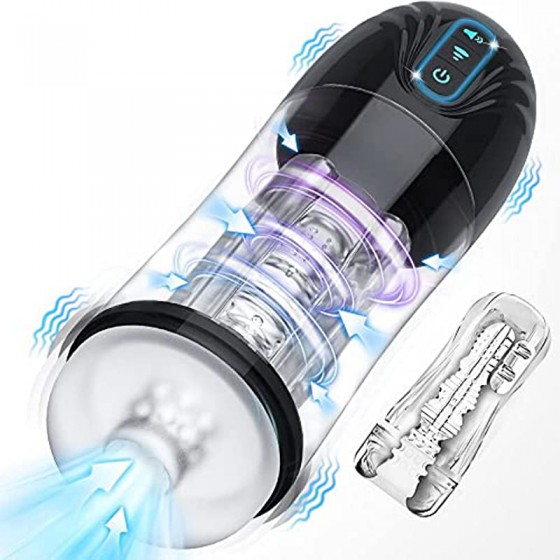What's going on with itchy nipples? Tips to restore pink and tender nipples
Breasts are an important part of a woman's body, so you should protect your breasts in your daily life. If you find any abnormalities in your breasts, you should seek medical attention promptly. For example, some women's nipples often feel itchy and they think it will be fine if they scratch them. In fact, you have to find out the cause of the itching to know whether there is something wrong with your health. So what’s going on with itchy nipples? How do women take care of their breasts? Next, I will introduce them one by one for your reference.
What's the matter with itchy nipples?
1. Itchy nipples of adolescent women.
Female breasts begin to develop rapidly during puberty, and of course the nipples also grow quickly. At this time, attention must be paid to local hygiene. Because rapid development increases secretions, it provides conditions for the growth of various bacteria. If you do not pay attention to local hygiene and use poor shower gel, soap and bra materials, etc., it may cause dryness and peeling, leading to unbearable itching of the nipples. It's inevitable. It is recommended that you wash your breasts and nipples every night with warm water and a mild, high-quality soap. If the problem still doesn't resolve, then it's time to see a gynecologist.
2. Itchy nipples in late pregnancy.
This is a normal reaction to pregnancy. As time goes by, the milk foam and nipples will continue to swell. You are about to become a mother, which proves that your milk will feed the baby full by then. For now, you have to rub it with a hot towel frequently to remove the white stuff. It's normal. Just wait until you become a mother.
3. Women with plump breasts experience nipple itching.
Due to the material of underwear or exercise, sometimes the nipple area will rub and cause eczema. Breast (head) eczema is a common skin disease: this disease is more common in breastfeeding women and can also occur in young girls. The patient's nipples, areola and surroundings are densely covered with pinhead-sized papules and boils, with clear boundaries, often accompanied by exudation and erosion. There are also some scales or scabs, conscious itching, and pain when erosion and rupture occur. The cause of breast (head) eczema is complex and is generally believed to be related to allergic reactions. This reaction may be related to genetics, and fatigue and mental factors are also triggers.
Tips to restore pinkness to nipples
Add one part honey to three parts flour (that is, a ratio of 1:3) and stir it into a mask-like form and apply it on the nipples and areola. Wash it off after 15 minutes and then use a hot towel.
Apply it several times (one time with a hot towel and cool it down). After applying, wipe it with a cotton pad dipped in alkaline lotion (toner, facial lotion or softening lotion is acceptable). Do this at most twice a week.
Generally, after five or six treatments, the original redness of the nipples and areolas will slowly return. However, if the nipples and areolas are congenitally dark, about ten times will be required.
As we all know, honey and flour are both natural green foods. Both are very mild in nature and will not harm the delicate parts of the nipple and areola. When applying the toner at the end, just use a cotton pad to apply it gently. . It mainly has a cleaning effect, and it evaporates quickly and will not cause any side effects on the nipples and areolas!


